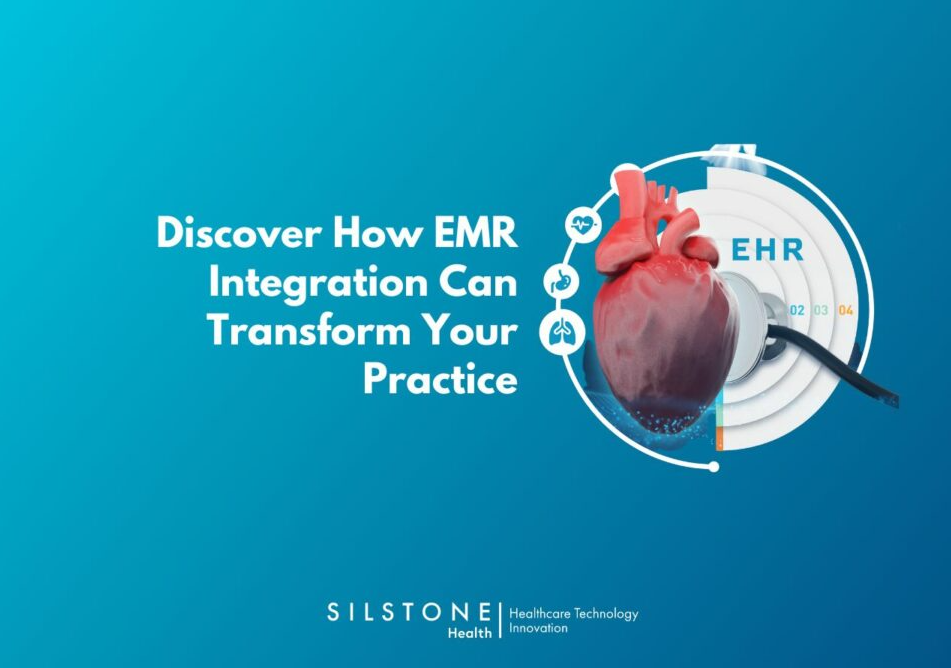In the rapidly evolving landscape of healthcare, the seamless exchange of patient information is crucial for providing efficient and effective care. Electronic Medical Records (EMRs) serve as the digital backbone of healthcare facilities, storing comprehensive patient data. However, the true power of EMRs is unlocked through integration.
Understanding EMR Integration
EMR integration refers to the process of connecting electronic medical record systems with other health information systems, applications, or devices to enable the smooth flow of data. This integration allows healthcare providers to access, share, and utilize patient information across various platforms and settings.
Benefits of EMR Integration
- Enhanced Interoperability: Integrating EMRs with other systems fosters interoperability, ensuring that different healthcare entities can communicate seamlessly. This allows for a holistic view of a patient's medical history, leading to better-informed decisions.
- Improved Efficiency: Streamlining data flow through integration reduces the need for manual data entry, minimizing errors and saving valuable time for healthcare professionals. This efficiency translates into quicker diagnoses and treatment plans.
- Better Patient Care and Safety: Access to comprehensive patient data at the point of care enhances the accuracy of diagnoses and treatments. Integrated EMRs reduce the risk of errors, ensuring patient safety.
- Cost Savings: By automating processes and reducing redundancies, EMR integration can significantly cut operational costs for healthcare facilities.
Types of EMR Integrations
- Health Information Exchange (HIE): This allows the sharing of patient information between different healthcare organizations or systems, promoting coordinated care.
- API Integrations: Application Programming Interfaces (APIs) enable seamless communication between EMRs and other software or applications, facilitating data exchange.
- Medical Device Integration: Connecting EMRs with medical devices allows for direct capture and recording of patient data, eliminating the need for manual entry.
Challenges in EMR Integration
Despite its benefits, EMR integration comes with challenges. Variations in system standards, data security concerns, and the complexity of integrating legacy systems can pose hurdles.
Conclusion
EMR integration stands as a cornerstone in the evolution of healthcare systems. It's a pivotal step towards achieving a patient-centric, data-driven approach to healthcare delivery. By breaking down data silos and enabling efficient information exchange, it empowers healthcare providers to deliver higher quality care while improving patient outcomes.
In a landscape where information is key, EMR integration emerges as a fundamental solution for a more connected, efficient, and effective healthcare ecosystem.
